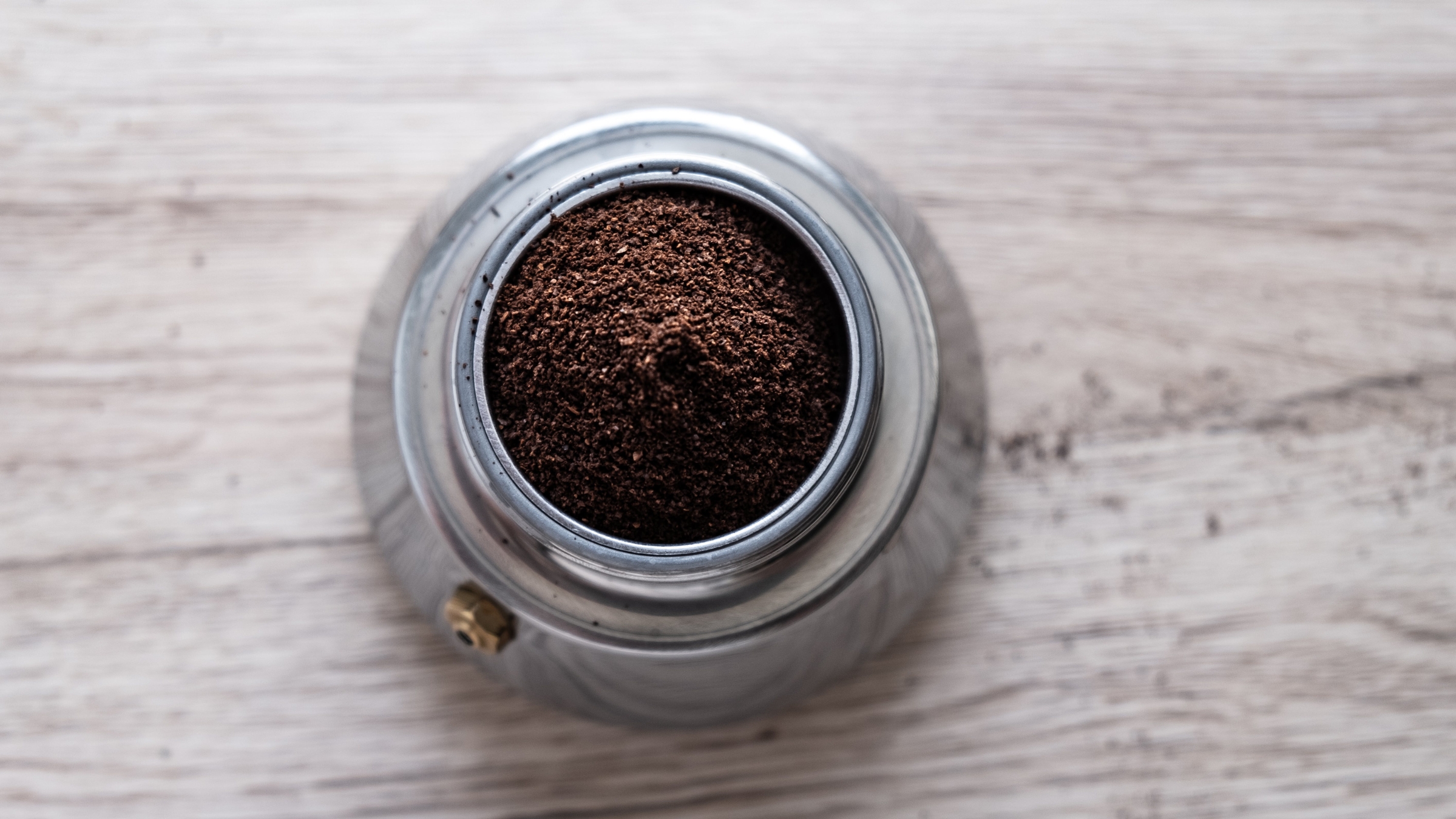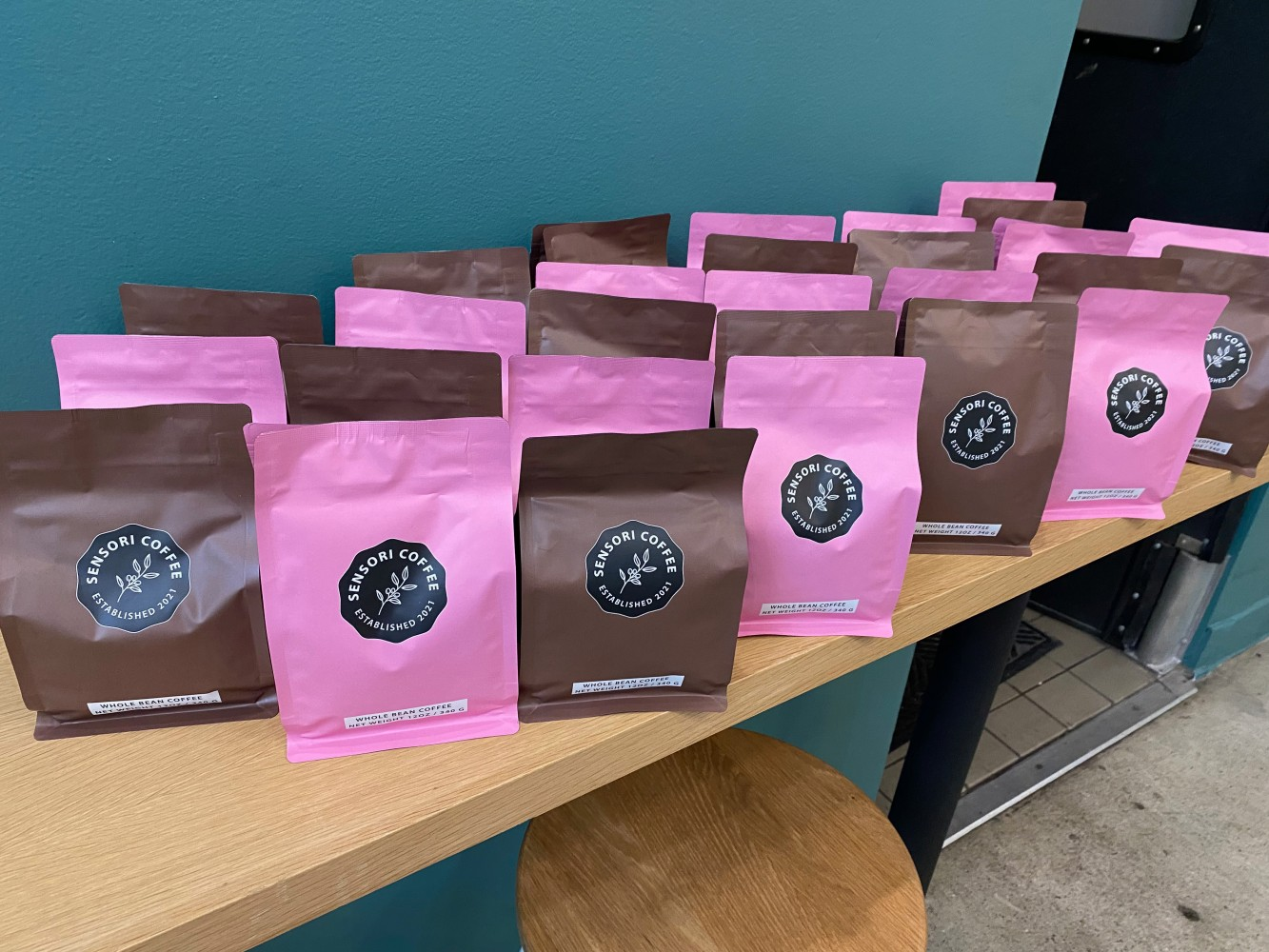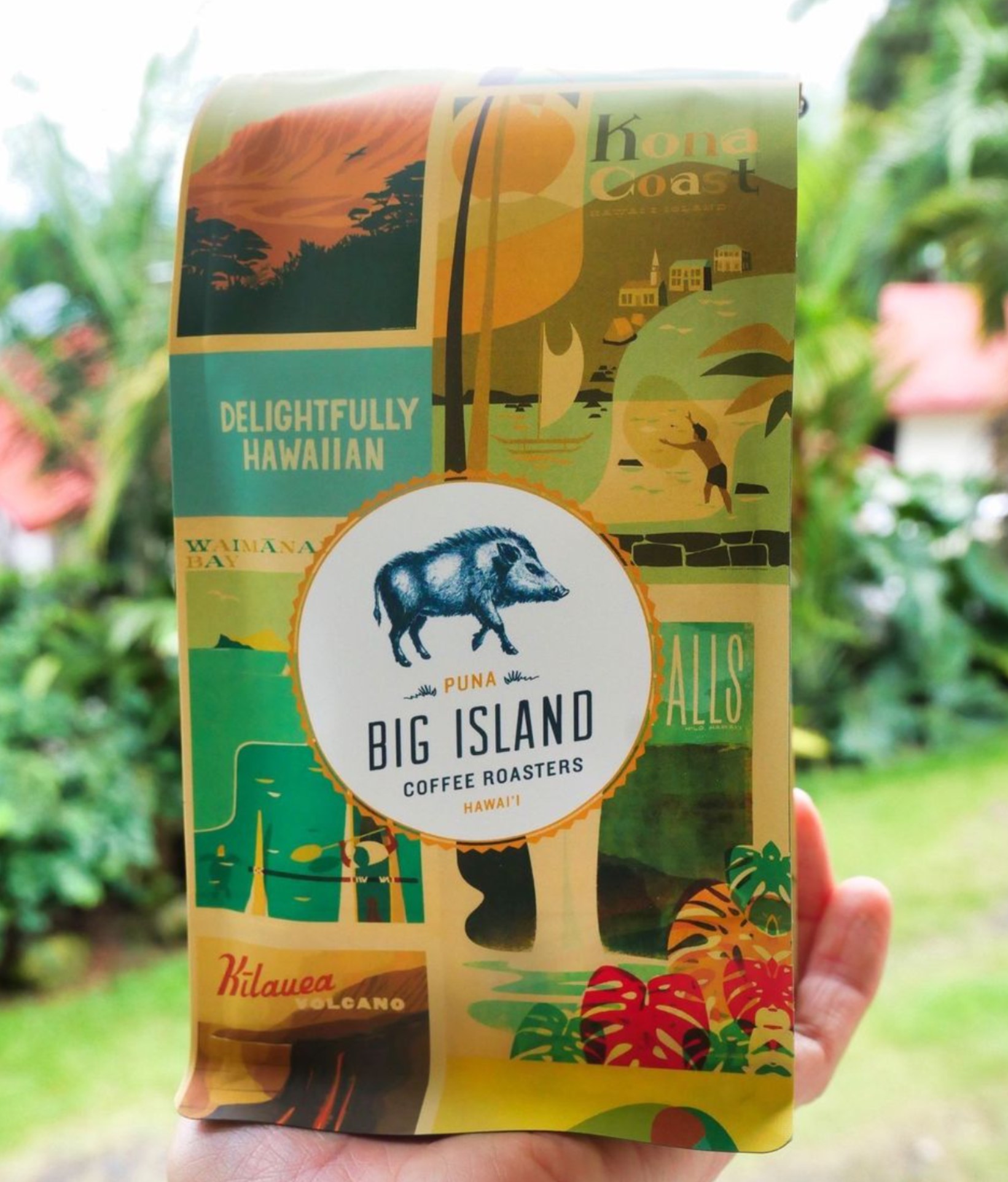The combination of climate, soil, altitude, and cultivation practices in the different coffee-producing regions create a range of unique and delightful array of flavor profiles.
The term terroir is typically used to define characteristics of wine but can also be applied to coffee. Terroir encompasses the environmental factors that contribute to a coffee’s flavor such as soil composition, rainfall, temperature, and altitude. Each coffee producing region possesses its own terroir which creates a distinct flavor fingerprint. We’ll explore how coffee origin impact flavor profiles and shapes your coffee experience.
- Africa is often heralded as the producer of some of the best coffee in the world and known to produce bright acidity and intricate flavor profiles. The high altitudes, volcanic soils and high elevation make Africa a favorable environment for coffee. African coffee is typically categorized by common flavors such as bergamot, citrus, and jasmine and some of the fruitiest coffees can be found in this region.
- Central and South America produce coffee beans that are known for their balanced flavors. Commonly associated flavor notes are cocoa, nutty, and spice notes. Central America’s ideal climate and geographic conditions provide the ideal conditions to grow a wide variety of coffee ranging from Arabica to Robusta. South America’s mountains and rainforest geography along with its humidity create a great climate to grow and produce coffee.
- Indonesia is famous for its unique and earthy flavor profiles with hints of spices and herbs. Due to Indonesia’s variety of tropical regions, Indonesia’s environment is favorable for growing and producing coffee. The coffee produced are often full body and have a distinctively bold characteristic due to the nutrients found in the soil and the climate conditions the coffee is grown in.
- Pacific Island Coffee from Hawaii and Papa New Guinea are known and celebrated for its flavor depth and complexities.

- The Hawaiian Islands volcanic soil that is rich in minerals along with the Hawaii region’s perfect balance of sun, rain, wind, and overall climate boasts a smooth body and depending on the island the coffee was produced, flavors notes of brown sugar, milk chocolate, honey, nutty, floral notes like rose, and fruity notes like orange or blackberry.
- Papa New Guinea’s coffee is grown in the mountain highlands known for its ideal coffee growing climate and rich volcanic soils. Papa New Guinea’s coffee is deeply dimensional and well balanced providing a bright and clean taste melding the classic flavor notes of coffee with complements of an exotic and fruity aroma.
- Vietnam is known for Robusta coffee production. With central highland regions, it makes for a favorable climate and altitude for Robusta coffee. Vietnam’s tropical climate which is characterized by distinct wet and dry seasons are the ideal conditions for Robusta coffee as it thrives under these conditions. Robusta coffee beans contain less sugar and more caffeine and thus have a stronger and harsher taste, resulting in a bitter flavor.
- Within each of these coffee regions, there are small-batch cultivation practices that lead to the creation of micro-lot coffees. Micro-lot coffees are the best of the bunch and are known for their high quality and unique flavor profiles. They are usually grown in limited quantities and the processing of micro-lots is entirely separated from the rest.
The History of Coffee
Origin shapes the unique taste experience of the different coffees you enjoy. If you tend to lean towards one type of coffee over another, explore the different coffees offered for that specific origin. It can be a flavorful adventure that allows you to taste all the nuances and the diversity coffee has to offer.




